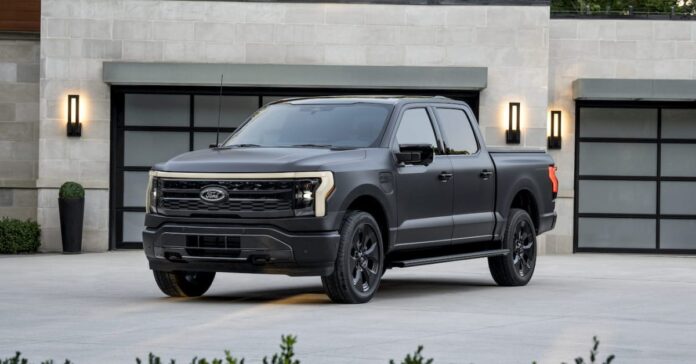With new low-cost Chinese flooding global markets, Ford CEO Jim Farley vows its new mid-size electric pickup is a “game changer.” Ford’s leader took a jab at BYD, vowing the company’s new electric pickup will match the costs of Chinese automakers building in Mexico.
In February, Farley revealed Ford had a secret “skunkworks” team developing a low-cost platform to power its next-gen models.
The team, led by Alan Clarke, who led the engineering on Tesla’s Model Y, is now filled with former Tesla, Rivian, Lucid, and Apple employees and continues to grow.
Ford confirmed this summer the first EV based on the new platform will be a mid-size electric pickup. The company said the new model is designed for “customers who want more for their money,” such as longer range and more utility.
As it develops what it promises to be one of the most efficient EV platforms, Ford said the team is benchmarking costs “against the best competitors in the world.”
After releasing third-quarter earnings on Monday, Farley gave us more info on what to expect on a media call with investors.
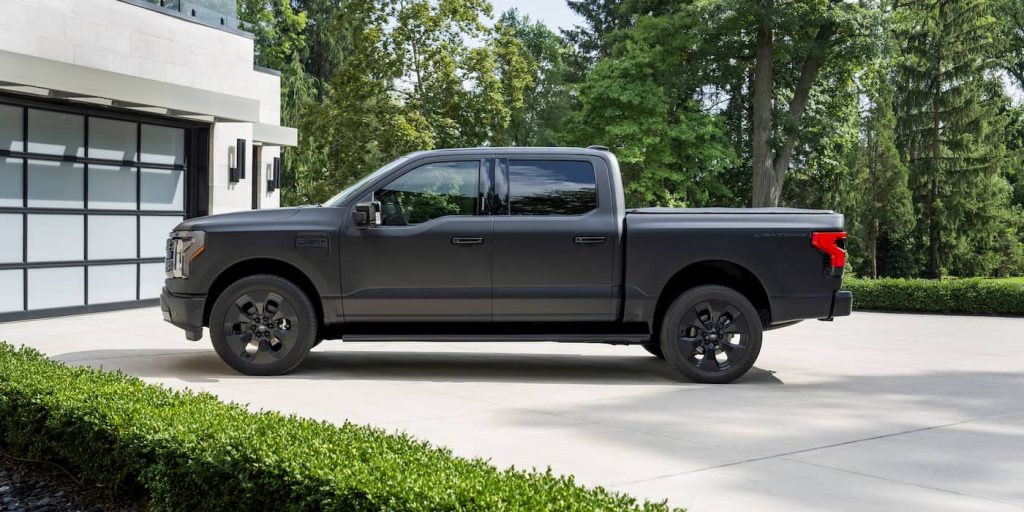
Ford’s electric pickup to match BYD, other Chinese OEMs
According to Ford’s chief, the new electric pickup will “match the cost structure of Chinese OEMS building in Mexico.”
Farley’s comments come after BYD unveiled its first electric pickup, the Shark PHEV, in Mexico in May.
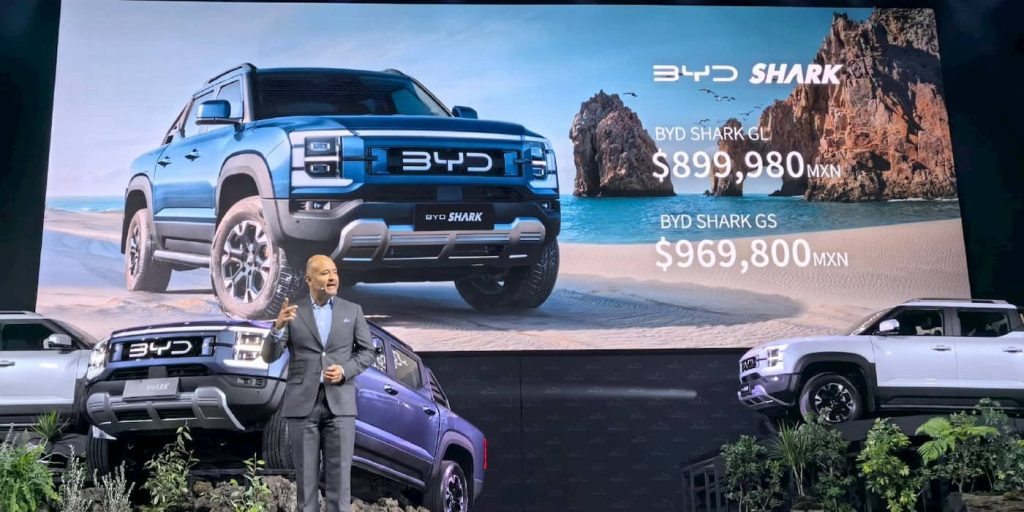
The plug-in hybrid pickup will rival top-selling pickups in the region, including Ford’s Ranger. At 5,457 mm long, 1,971 mm wide, and 1,925 mm tall, BYD’s pickup is a direct challenger to the Ranger (5,370 mm long X 1,918 mm wide X 1,884 mm tall).
BYD’s Shark gets up to 100 km (62 mi) all-electric NEDC range. The combined NEDC range is 822 km (522 mi). It starts at $53,400 (899,980 pesos). In comparison, the 2024 Ford Ranger XL (gas-powered) starts at $38,300 (768,000 pesos).
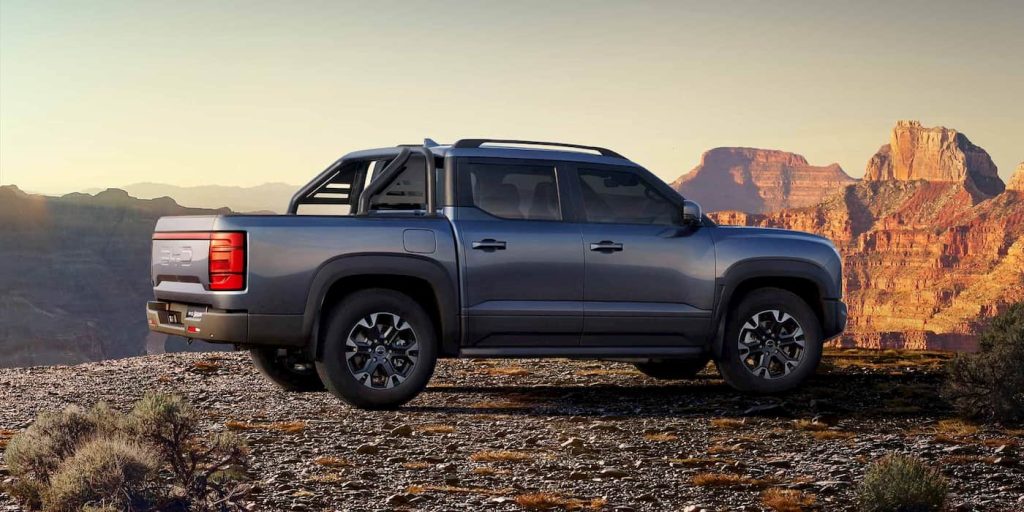
The plug-in hybrid pickup launched in Brazil last week, starting at $66,700 (BRZ 379,000), and in Cambodia this week at around $56,000.
Ford plans to launch the new mid-size electric pickup in the second half of 2027, two years later than expected. Will the delay cost it market share as Chinese automakers, like BYD, close in on its territory?
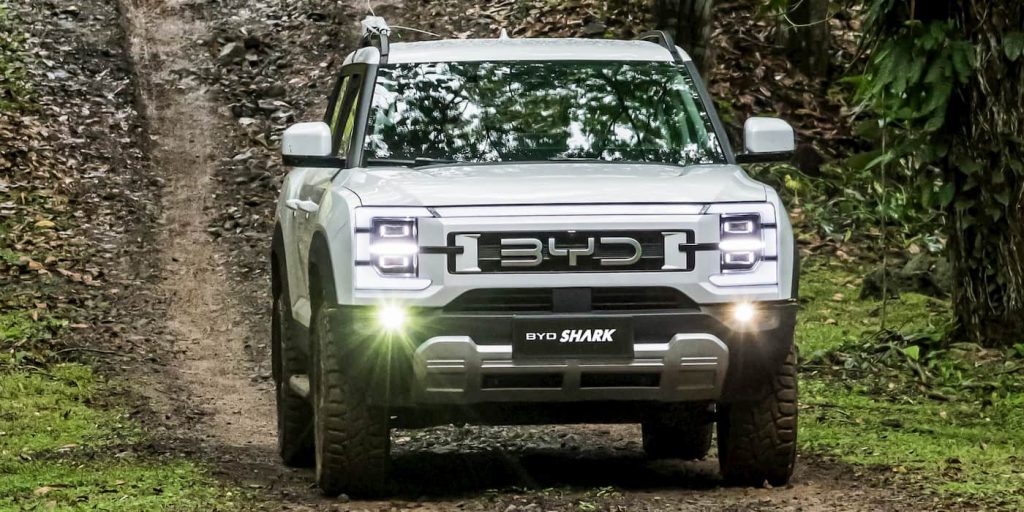
The company will begin producing LFP batteries in Michigan in 2026, which should help Ford lower costs.
Farley said on the company’s Q3 earnings call that the “Skunkworks” team in California has “over-delivered” on the platform. He explained that the team is simplifying the vehicle, which will help cut costs further. It’s also pulling forward the development process.
After flying a Xiaomi SU7 from Shanghai to Chicago, Farley has been driving the new Chinese EV for months. On the Fully Charged Podcast this week, Farley called the EV “fantastic” and said he “doesn’t want to give it up.” On X, Ford’s CEO said he tries “to drive everything we compete against,” adding, “You’ve got to get behind the wheel to truly understand and beat the competition.”
